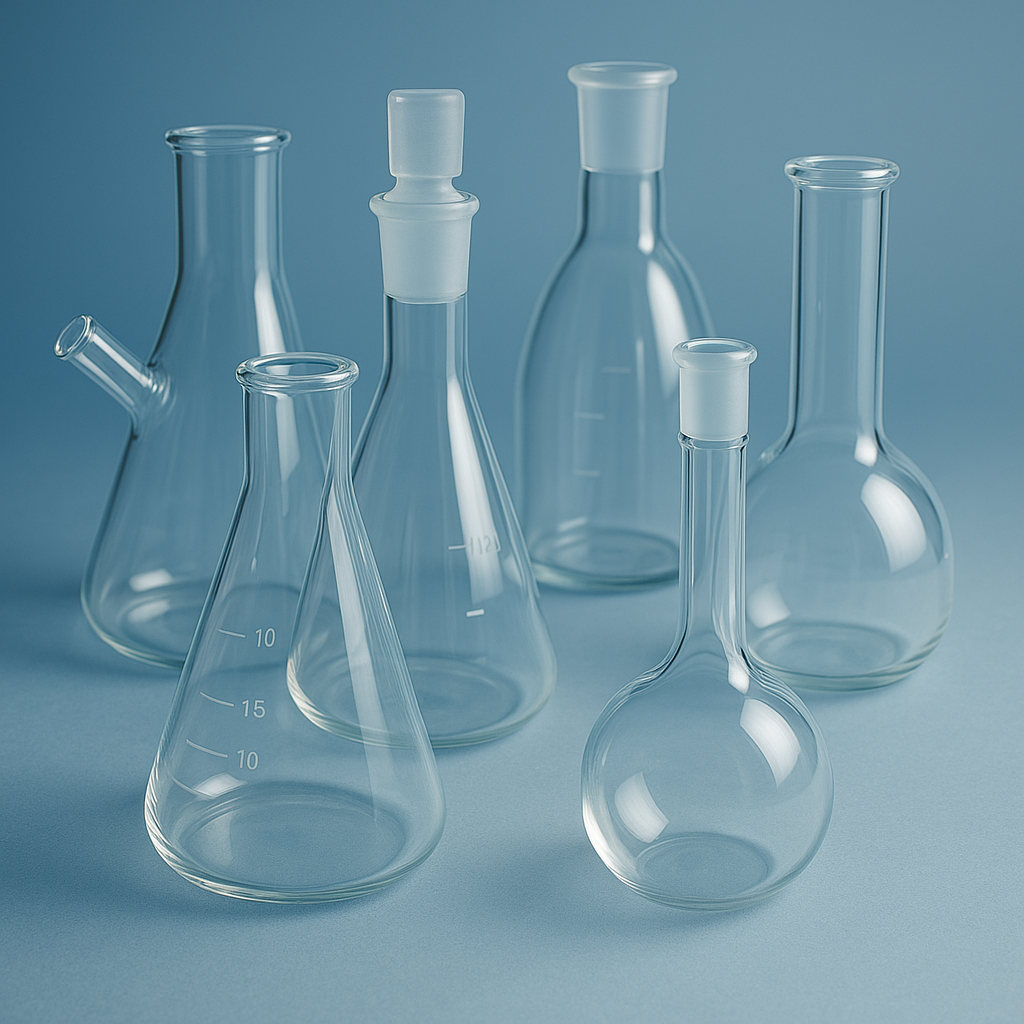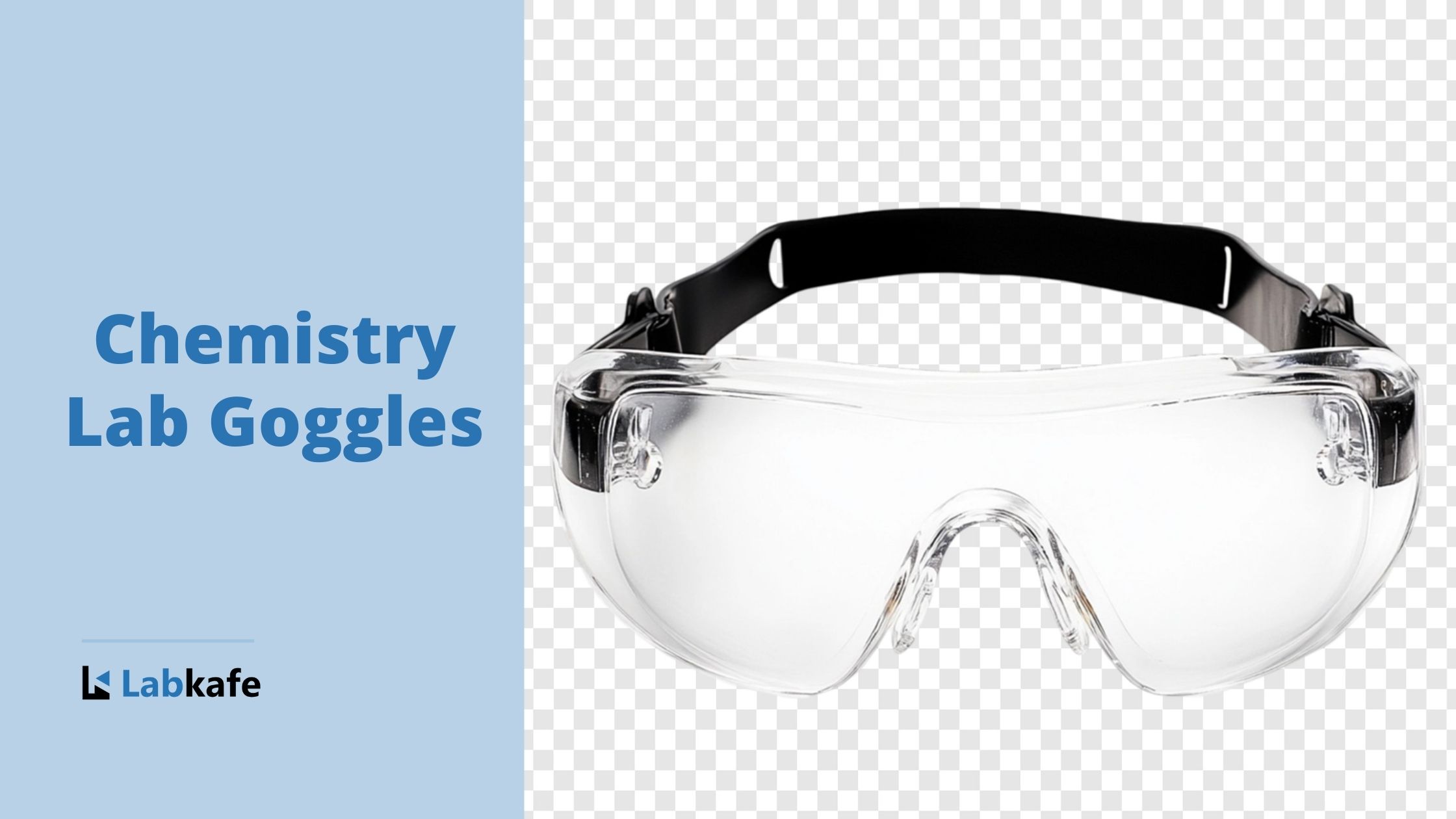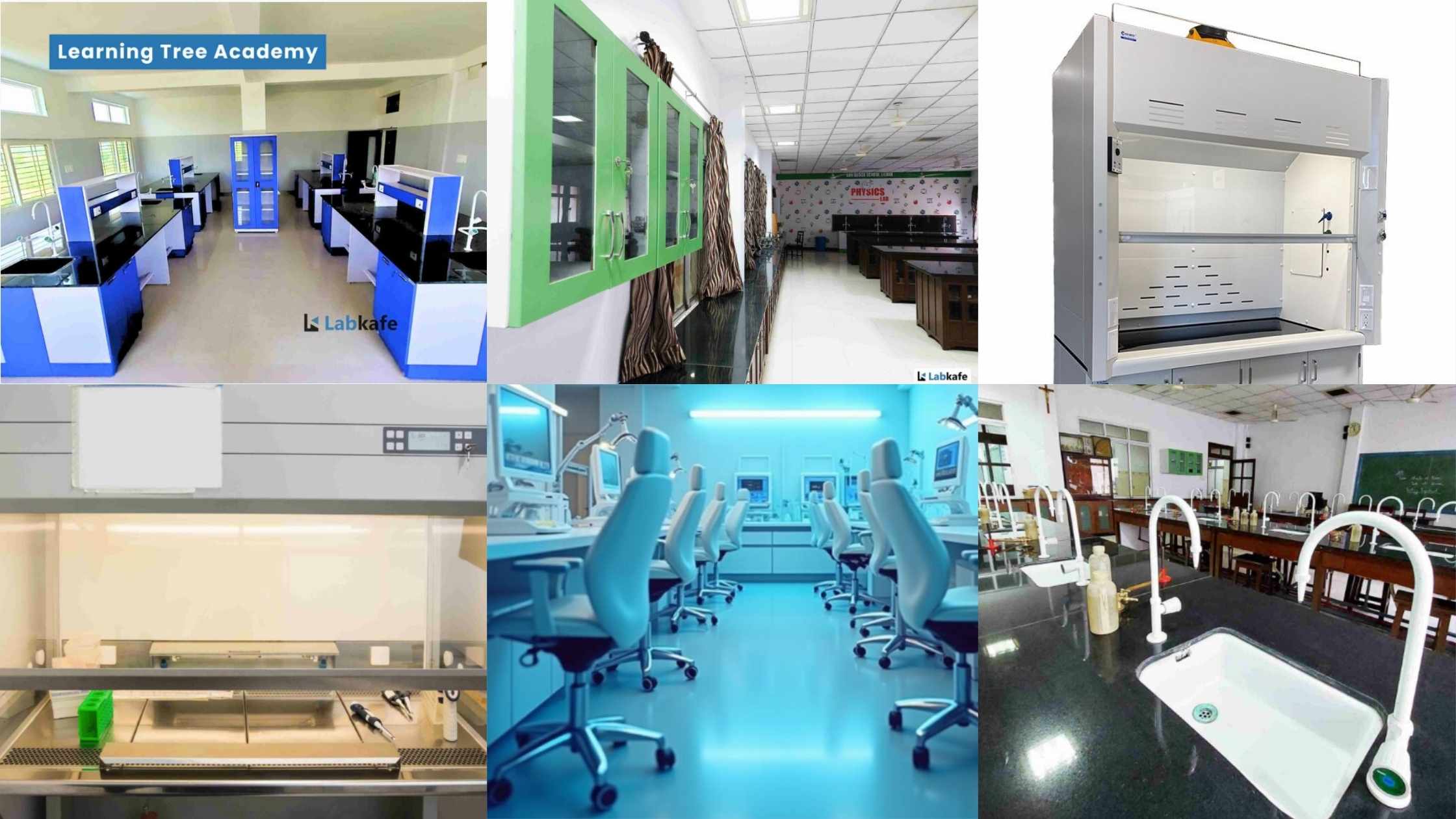Dry Lab vs Wet Lab: While conventional scholars and workers believe in the well-established ethos of wet lab practices, revolutionary, cutting-edge dry lab techniques promise to eliminate multiple tiresome steps on the wet lab bench, making research simpler and more effective while saving time, resources, and manpower.
Dry lab practices originated from the need to streamline labor-intensive research. They aim to minimize the number of active cases or samples processed on the wet lab bench, reducing the required man-hours to achieve the desired results.
The debate, however, is whether the dry lab produces better results. Is it as good as wet lab research, and when should you use which?
What is a Wet Lab?
A wet lab is a laboratory space where scientists work with liquids, biological specimens, and hazardous chemicals. These labs are separate from computation and engineering facilities to ensure safe handling of materials.
What is a Dry Lab?
A dry lab is a laboratory that focuses on computation and engineering tasks instead of handling chemicals or biological specimens. These labs house supercomputers, next-generation sequencing facilities, electron microscopes, and mass spectrometers, though most data processing occurs on high-performance laptops or desktops integrated with wet lab facilities.
Wet Lab vs Dry Lab: Differences
Workers conducts scientific research to achieve results that are beneficial for them. With this in mind, researchers might benefit from a more holistic approach that integrates both dry and wet lab practices, often in that particular order. Dry lab techniques have developed to integrate into wet lab protocols. Both complement each other to create streamlined protocols.
Researchers use dry lab techniques to eliminate junk samples. After this wet lab tools are used. Wet lab techniques finally render the required result, indicating what the researcher wants to know.

How to Design & Setup Wet and Dry Labs?
Lab design has a crucial role to play in labs that interconnect dry and wet labs. Therefore, it is crucial to plan the lab setup so researchers can move seamlessly from one platform to another. Often, labs integrate dry and wet lab applications in the same floor space or the same lab setup. Dry lab research often takes place in planned areas with desks and chairs in the laboratory. This is separate from the space used to store reagents and conduct experiments. These might cause harm to the computers or machines used for dry lab research.
At Labkafe, our experts create a customized lab plan that suits your research. With this, you can effectively maneuver between dry and wet lab exercises, thereby minimizing any hassle that might arise due to interdisciplinary research practices.
Labkafe has demonstrated expertise in several reputed institutes such as IITs, NITs, IISERs and ISRO.
Contact our lab experts for a free lab planning consultation to understand how you can create a research space suited uniquely to your needs.
Lab Safety in Wet vs Dry Lab Setups
Include sufficient eyewash stations, emergency showers, and fume hoods to deal with contingencies. We must keep occupational safety standards in mind. Waste management is another critical component of safety. Always plan dedicated waste storage and disposal facilities.

Separate spaces accommodate heavy dry lab equipment, while electricity and water are available for emergencies. To prevent integrated circuits from malfunctioning due to moisture, control humidity levels. Include emergency fire and safety equipment to address risks associated with high-voltage electricity. Additionally, design the furniture to absorb and dissipate static electricity and heat effectively.
How to Get Customized Wet and Dry Labs Designs?
The equipment must not vibrate or resonate with the structures they rest on, as this causes faster wear and tear. Incorporate flexibility in the design to address this. Allow wet labs to be converted into dry labs and vice versa.
This provides unparalleled flexibility when planning and implementing the setup and performing experiments. An interesting example of this flexibility is how 3D printers, once occupying entire rooms, are now available in benchtop versions.

This flexibility requires the advice of experts for effective implementation. At Labkafe, our design experts will guide you through a seamless experience of planning your brand-new integrated lab. This will ensure that both dry and wet labs are placed on the same pedestal.
Contact our lab experts for a FREE lab planning consultation today!












Leave a Reply